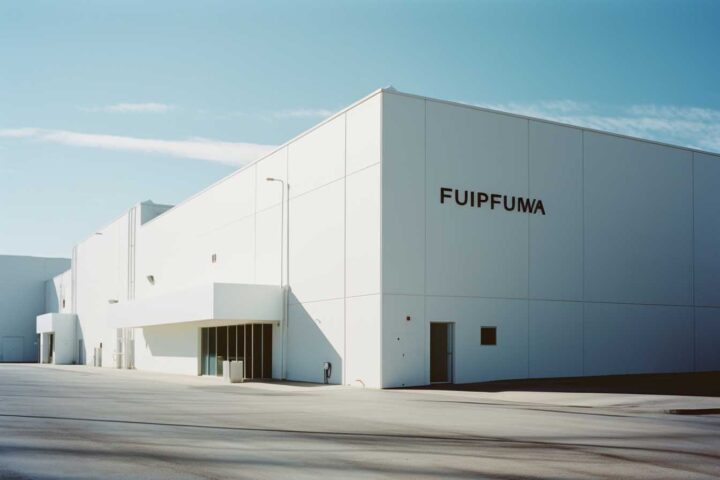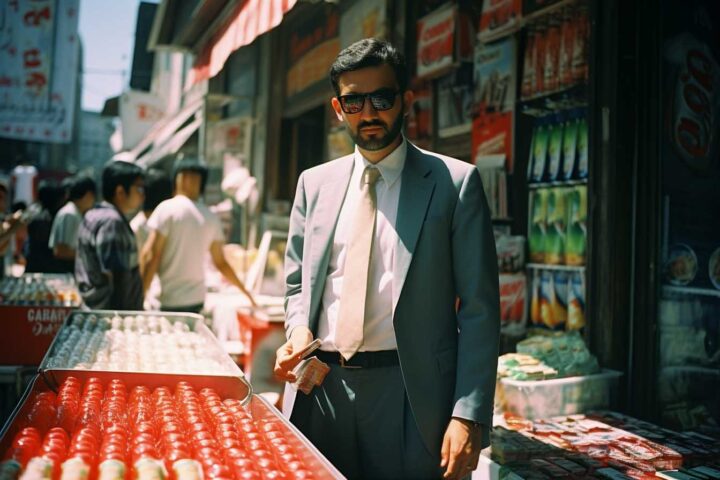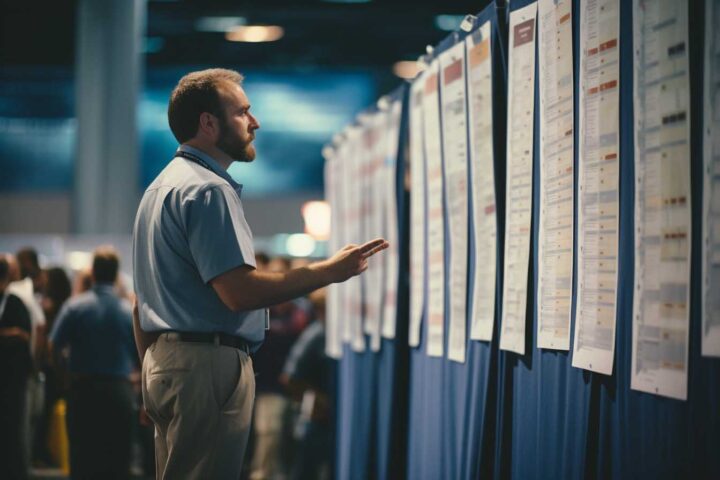TLDR:
A simulation model called LedaFlow, developed by SINTEF, has been used to understand how to transport both oil and gas along the same pipeline. This technology has been instrumental in saving costs in the Norwegian oil and gas sector and is now being further developed to investigate how CO2 behaves in similar pipelines for carbon capture and storage (CCS) projects. The CO2Flow project aims to apply the expertise accumulated from the oil and gas sector to achieve large-scale CCS in the industry. The project will use innovative experiments and new data models to predict CO2 flow behavior in pipelines, optimizing design and preventing accidents and shutdowns.
Key points:
- A simulation model called LedaFlow has been used to transport both oil and gas along the same pipeline, saving costs in the Norwegian oil and gas sector.
- This technology is now being further developed to investigate how CO2 behaves in similar pipelines for carbon capture and storage (CCS) projects.
- The CO2Flow project aims to achieve large-scale CCS in the oil and gas sector by using innovative experiments and new data models to predict CO2 flow behavior in pipelines.
- The project will optimize pipeline design and prevent accidents and shutdowns.
Capturing and storing CO2 is crucial for reducing greenhouse gas emissions, and developing technologies that can transport and inject large volumes of CO2 into subsurface reservoirs is essential. The Norwegian oil and gas sector is actively working on the industrial-scale application of CCS technologies through initiatives like the Northern Lights project, which aims to sequester up to 1.5 million tonnes of CO2 in subsea reservoirs by 2024 and a total of five million tonnes by 2026. However, there are currently very few CO2 storage projects in operation in Norway, and the Northern Lights project seeks to store CO2 at a much larger scale using gas from multiple sources and a network of different wells.
In order to achieve successful CCS, it is important to understand how CO2 behaves in pipelines, which can be very different from oil and gas mixtures. SINTEF’s LedaFlow simulation model, which has been successful in transporting both oil and gas in the same pipeline, will be further developed to study CO2 flow behavior. This will involve conducting experiments at SINTEF’s Multiphase Flow Laboratory at Tiller and NTNU’s DeFACTO underground testing facility at Gløshaugen in Trondheim. The data models developed through this research will optimize pipeline design, taking into account factors such as materials and pipe diameter, and ensure cost-effective and safe pipeline operation.
Preventing accidents and shutdowns is a crucial aspect of pipeline operation, especially when dealing with CO2. The CO2Flow project will focus on developing data models that can predict CO2 flow behavior in pipelines and help identify potential issues such as unstable flow or low temperatures that can lead to blockages. The project will be carried out primarily at the SINTEF Multiphase Flow Laboratory, with additional experiments conducted at NTNU’s testing facility. Testing, quality assurance, and commercialization activities will be conducted in collaboration with Kongsberg Digital, the development partner for the LedaFlow model.









